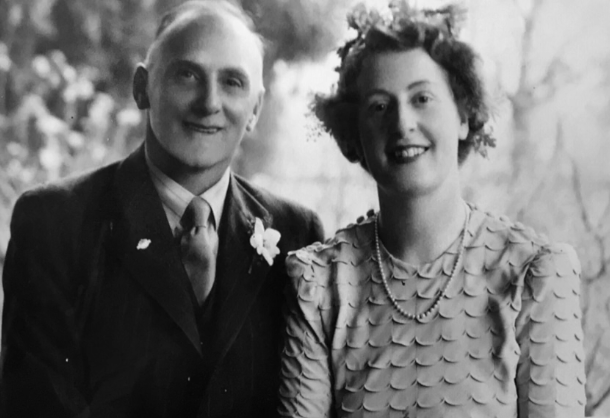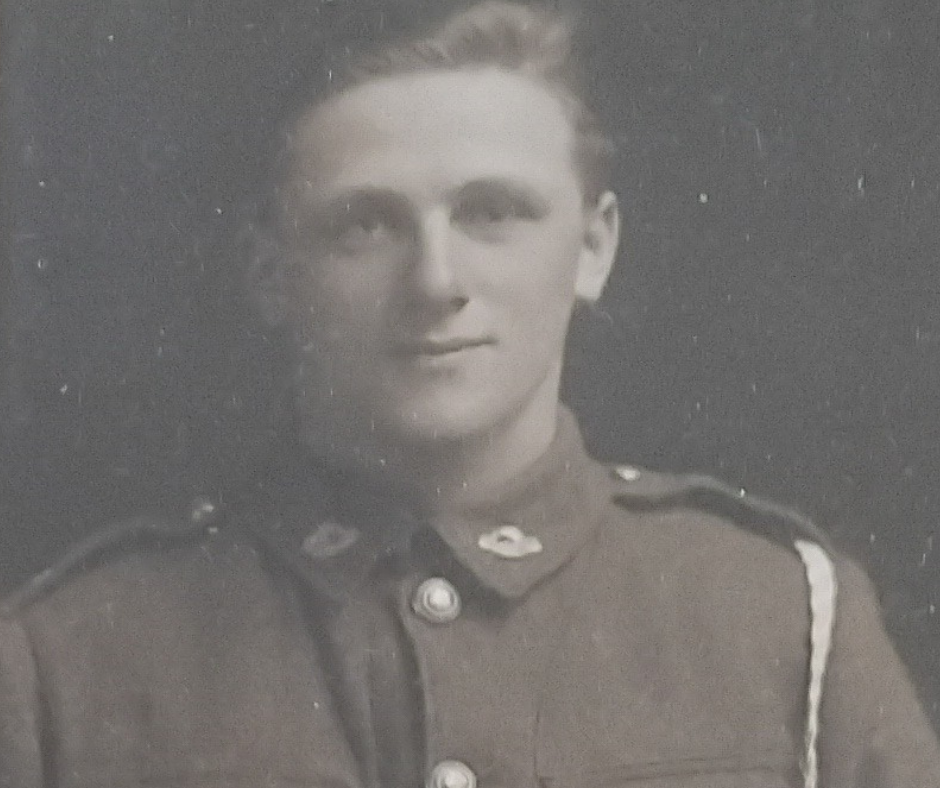Connecting with a father’s wartime legacy
Two daughters reflect on their beloved dad’s fruitful yet traumatic life after the war
Harry Varnham was just 17 when he enlisted for World War One, lying about his age to join what a bored teenager from Akatarewa near Upper Hutt likely saw as a chance for adventure.
What awaited him instead would shape, and eventually end, his life.
After enduring the brutalities of war, including spending three months in hospital after suffering a gunshot wound to his left leg, Harry found himself on the frontlines during the liberation of the French town of Le Quesnoy on November 4, 1918.
He was among the courageous New Zealand soldiers who freed 1,600 French civilians from German occupation without a single civilian casualty.
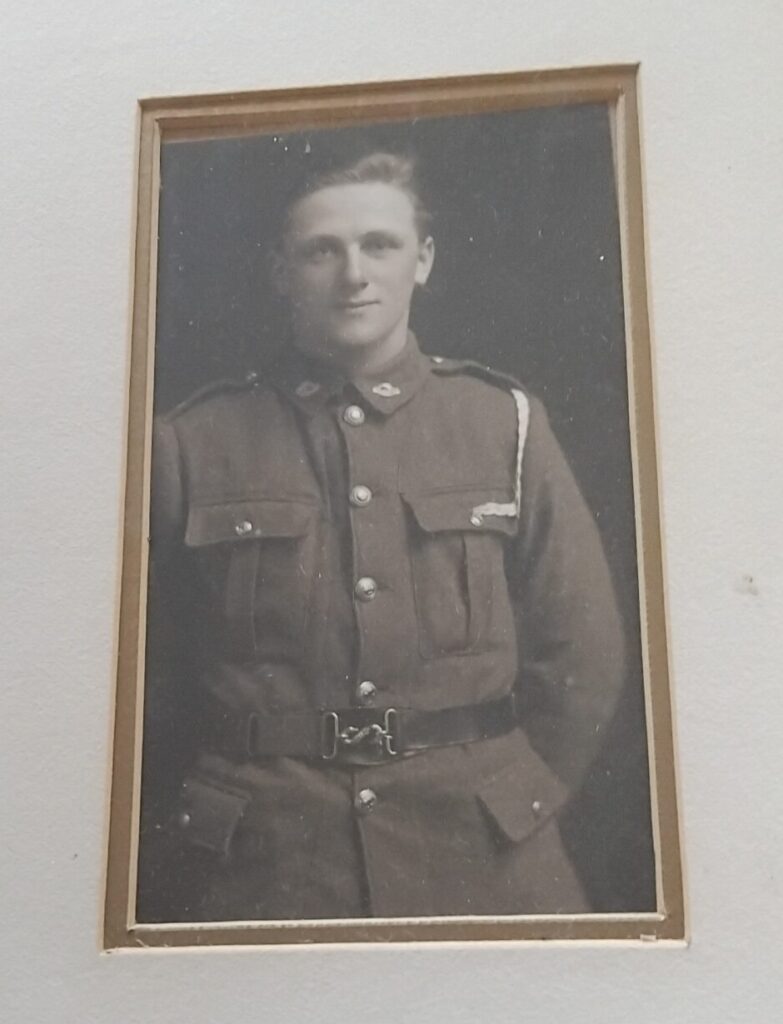
While the heroic operation saved countless lives it took a severe personal toll on Harry who was once again wounded, this time grievously, resulting in his right leg being amputated in a field hospital.
“He had a shell wound to the leg during action,” his daughter Sally recalls. “He was operated on in a field hospital near Le Quesnoy, just to keep him alive, and then in December, he had his leg amputated while still in France.”
“The circumstances were pretty horrible and very haunting for him. I think they were all in the woods and the Germans were shooting down so that would have been hair-raising for them,” adds his eldest daughter, Mary, a Wellington-based book publisher.
In early 2025, Sally, a law professor and educator, made a pilgrimage to Le Quesnoy and the New Zealand Liberation Museum – Te Arawhata to learn more about her father’s experiences during the war and the trauma he brought home.
“It’s important for my sister and I that our father’s story lives on,” she says. The museum exhibition created by Wētā Workshop tells the story of the Kiwi soldiers who liberated the French town from four years of German occupation on November 4, 1918, during World War One.
Te Arawhata is a place where all people can come to remember the people who have served their countries during the First World War.
With 2025 marking the 110th anniversary of the April 25th landings at Anzac Cove, it is an especially significant time to remember all New Zealand and Australian soldiers.
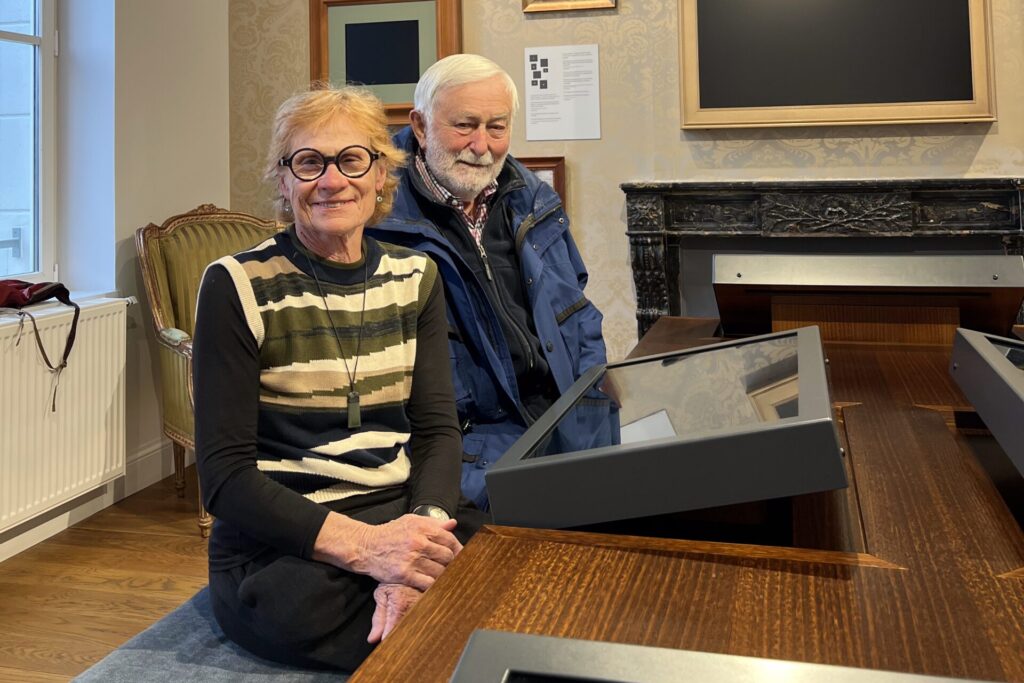
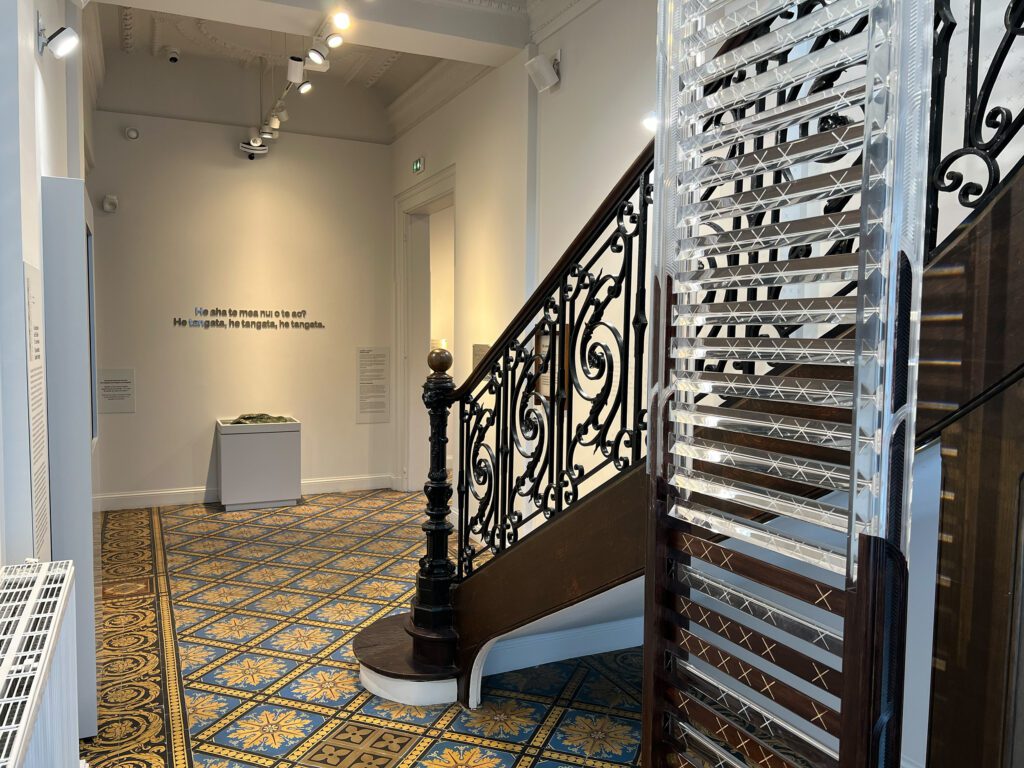
Visiting the museum and walking among the ramparts of Le Quesnoy in bitterly cold weather, Sally felt a profound connection with the father she lost decades ago.
She was deeply touched by the museum’s revolving Roll of Honour listing the names of every New Zealand service person to go abroad during the First World War.
“It was very emotional just to be there and to see dad’s name on the list that came up on the museum wall,” Sally says. “It all became sort of real, as opposed to being on the other side of the world, thinking what happened then.”
The war that came home
Just days after the liberation of Le Quesnoy, the war ended. What became of Harry for the next several years is largely unknown to his daughters. Sally knows he stayed in England for a time before separating from his first wife, though the exact details are lost to time.
Eventually, he returned to New Zealand, became a dental technician, and later, in his 50s, a lecturer at Otago University where he met Sally and Mary’s mother Marion Falloon.
While Harry survived the war, he was far from unscathed. His physical injuries were life-changing especially given the limitations of prosthetics at the time.
“For us, he was very disabled because in those days the artificial legs were pretty uncomfortable, so he didn’t do things that a lot of other fathers could do,” says Sally.
“But I can remember walking down onto the beach with dad on his crutches and grabbing his crutches as he swam off into the sea, so he was quite active really, considering.”
He also suffered from severe PTSD, which affected him for his entire life.
“He had a fruitful life … but all the time he had severe post-traumatic stress which was a huge part of our childhood,” Sally recalls.
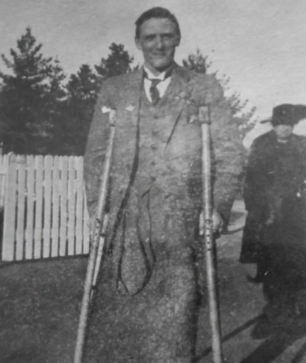
Throughout his life, Harry frequently spent periods of time in Wellington Hospital suffering from severe depression. This continued until he tragically took his own life aged 73 when Sally was just 20 years old.
“He definitely felt quite alienated in New Zealand when he came back,” Sally says. “I remember him saying that he felt people didn’t understand what the war had been like, and he just wanted to go back to Britain where people were much more aware of what had happened. He felt more comfortable there.”
Anzac Day was particularly difficult for the family. Sally recalls that in earlier times, the Dawn Parades were not as well-attended as they are today.
“Dad used to go off to the Dawn Parade every Anzac Day and come home ‘shickered’ after a few drinks at the RSA and he would be quite down because no one went to services back then.
“I think he would be so amazed by how many people attend the parades now. If only he could see that. It would amaze him because the big thing that he felt was that he and his mates had gone through all of this trauma, but no one cared.”
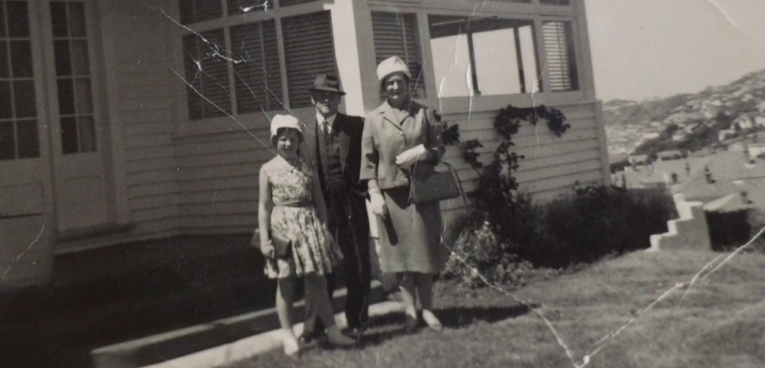
He wanted to talk about the war …
Sally remembers her father occasionally wanting to speak about the war but as children, she and Mary showed little interest, something she regrets deeply as an adult.
“A lot of the men didn’t want to talk about the war, but dad did, and we used to say, ‘Oh dad is going on about the war again’. That’s something that I regret now.
“I always think if only we’d been older and we’d been able to listen to him. That’s why it was really good to have the [war] records and visit Te Arawhata and Le Quesnoy. When I was there, it all came home to me why he was how he was.”
Despite her regrets and her father’s mental health challenges, Sally has many cherished happy memories of him.
“I can remember when I was at university and still living at home, I’d come home, and I could hear him from the street pounding out war songs on the piano. He taught himself the piano and he would pound away on it so loudly,” she remembers with a chuckle.
